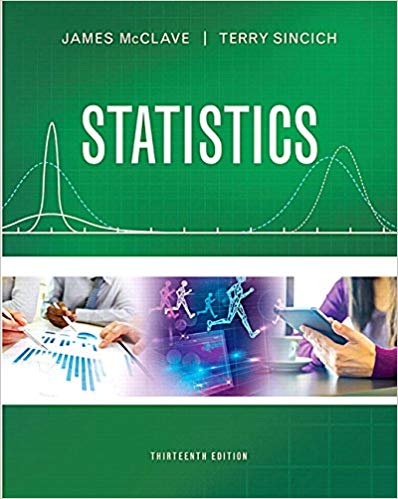Refer to the Geographical Analysis (Vol. 42, 2010) study of the permeability of sandstone exposed to the
Question:
a. Write a model for mean permeability, E(y), as a function of sandstone group (A, B, or C).
b. Measures of central tendency for the permeability measurements of each sandstone group are displayed in the MINITAB printout below. Use this information to estimate the b parameters of the model, part a.
MINITAB Output for Exercise 12.98
.png)
c. Fit the model, part a, to the data in the SAND file. Use the output to verify your β estimates in part b?
Fantastic news! We've Found the answer you've been seeking!
Step by Step Answer:
Related Book For 

Question Posted:





